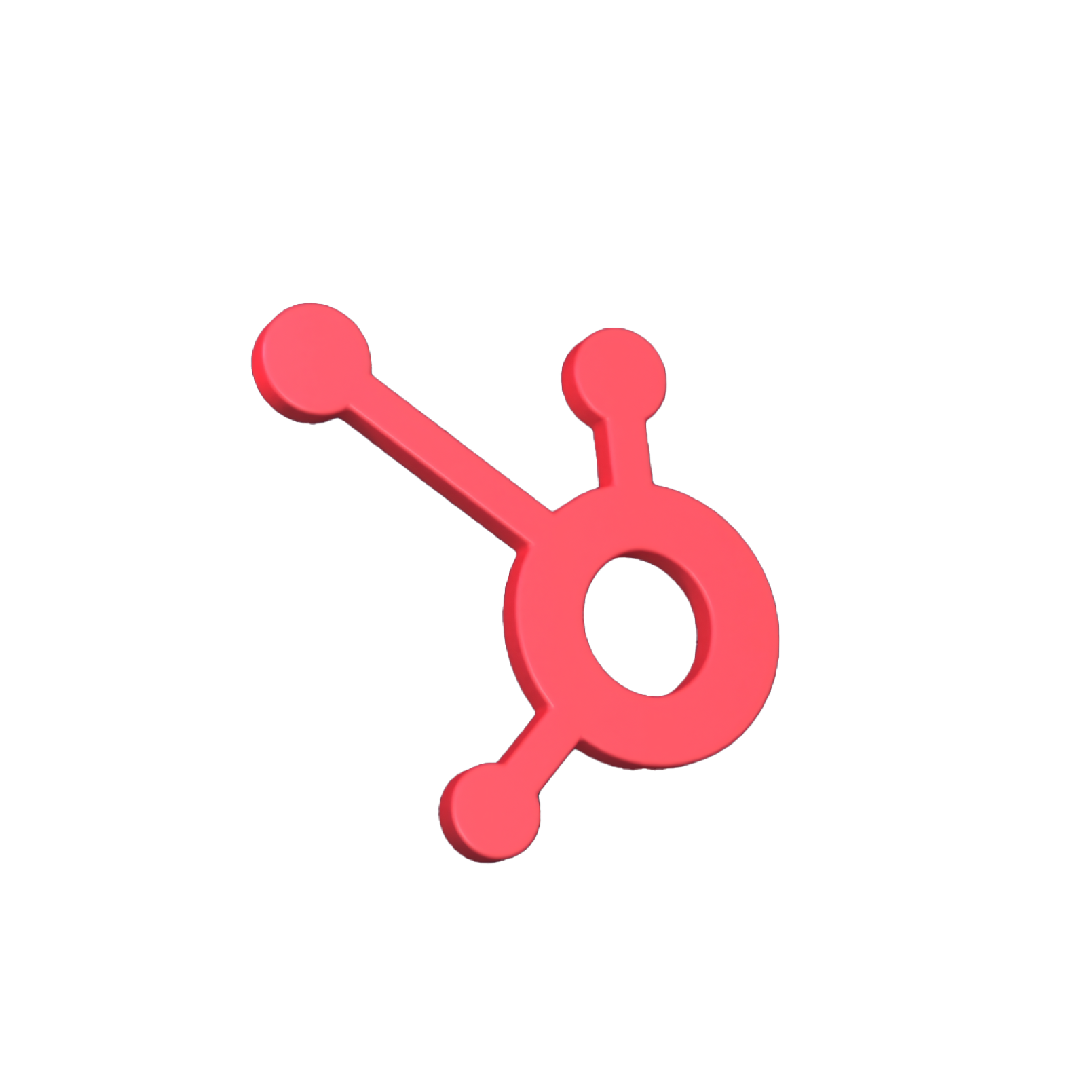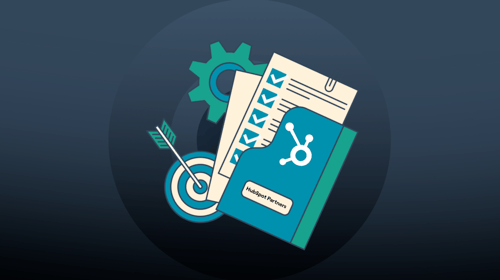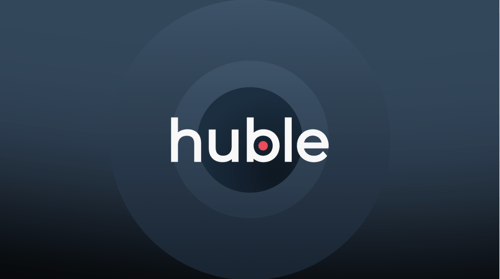Choosing the right CRM for your business is tough. A Customer Relationship Management tool is no longer just a sales or marketing tool - it’s a business tool that needs business adoption, and as such, it’s a bigger decision than it was 10 years ago. Salesforce has been the market-leading CRM for what seems like forever, and HubSpot is the first real competitor to be taking customers away. So why is HubSpot Salesforce’s first real worthy opponent in the battle of the CRMs?
The main reason many companies are moving from Salesforce to HubSpot or perhaps choosing to go with HubSpot rather than Salesforce from the get-go is fundamentally down to how the product is built.
“How the product is built” - really?!
Yes! Now I hear you saying:
“But Matt, I’m a user of the tool, I don’t really care how the developers at HubSpot or Salesforce built their tool, as long as it works and helps me hit my goals - I’m happy…”
Fair enough. However, the way each of the tools is built is fundamentally different, and this has a direct impact on your chances of success.
First of all, let’s spend a couple of minutes looking at your company's technology requirements.
If you're a company that’s either moving from Salesforce to HubSpot or thinking about implementing either CRM system, chances are you have different goals and teams set up for your marketing, sales, and customer service functions. At the surface, these teams manage what we call the customer journey. You’ve got marketing, sales, and customer service teams ideally working in harmony to convert anonymous people into paying customers and promoters of your brand.
These teams generally have different roles:
-
The marketing team is in charge of customer experience and generating demand
-
The sales team is in charge of sales enablement and winning new business
-
The customer service team is in charge of keeping customers happy
But the reality, as you know, is that a customer’s journey is never actually going to be as linear or predictable as we’ve outlined above. Website visitors don’t always go from a visitor, to lead, to qualified lead, to a customer in very simple, straightforward steps. There are hundreds of touchpoints with your brand and many variables that are pushing and pulling that contact as they make their way to becoming a customer.
With that being said, when you untangle some of the complexity involved in the customer journey, there are five core technology elements that are responsible for ensuring success across your marketing, sales, and customer service teams:
1. Content
2. Messaging
3. Automation
4. Reporting
5. Data
You pretty much need all of these elements across all three teams, and of course, there is a whole range of tools that can help you manage these elements. Many companies purchase different solutions and integrate them together to ensure they have the right tools across the right teams across the right customer journey.
A typical technology stack to this would look similar to the below:

Now, if you’re a HubSpot or Salesforce user, you’re probably thinking:
“But Matt, I know what you’re going to say, if I use HubSpot or Salesforce - I can get all of these in one”
And yes you can - but there’s one key difference.
First of all, if you choose a CRM platform like Salesforce, it appears to be seamless and fully integrated, however, when you start using the tools, get under the bonnet, and test them out, they’ve been stitched together through acquisition. Completely different tools - different frameworks - different code - different purposes - all edited to try and fit together under one brand name.
Would you travel in a spaceship that was built like this? With loose connections, data discrepancies, different parts of the spacecraft built for different purposes, but integrated after the fact to “fit the need”?
From a Salesforce perspective, this is exactly what’s happened. You can see below all the different tools that have been acquired by Salesforce and used to build one system under the Salesforce brand.

By building the tools this way, Salesforce customers essentially sign up for the following potential issues:
Isolated tools - this is where your integrations aren’t quite 100%, meaning your teams (marketing, sales, customer service) are using different tools, different data, and lots of sources of the truth - this all results in poor customer experiences.
Loss of context - this is where all the different tools have their own interface and system, they all have different purposes and different terminology - it’s hard to get your team set up and familiar with using all of the different tools.
Growth is harder - you need your tool to easily adapt, change, and grow with you. Once you’ve integrated all of your systems, there’s a complicated technical setup in place - one that’s not easy to make straightforward changes to.
All of these side effects add up to have a negative impact on your overall efficiency and ability to grow.
“Okay so that’s Salesforce - but surely HubSpot is the same?”
Whereas example one showed how companies are using lots of different systems stitched together, and example two showed how companies are using lots of systems acquired into one system, HubSpot is simply a tool that has taken the key components (data, reporting, content, messaging, automation) and created them into one code base, one framework, one tool, one interface - everything connected.
All of these tools are built on the same foundations - meaning whichever HubSpot product you use - if you add other tools - you know what to expect and know that it will be seamless.
The benefits of using a tool like this, compared to examples one or two are:
One single source of the truth - your teams have one source of the truth - there’s no data missing, or hidden, or in a different system. A single customer view of your contacts in CRM is so powerful.
One intuitive UX - your teams will get used to using one platform and using it well, rather than worrying about learning four or five different systems and tools and having to log in and out of different tools all the time.
A unified codebase - if you want to make changes to your use of HubSpot, it’s easy to do - there aren't a tonne of integration issues if you want to adopt a new tool or Hub.
So that’s the main difference - but there are other things to consider:
-
Salesforce IBM fired scenario
Similar to the IBM of the 60s and 70s (and later), no one ever got fired for buying IBM, as it was the safe, logical choice and provided the best chance of success. We go into detail on this in this blog, but the general thought is that even though IBM may not have been the best fit, IT managers would choose it as it seemed a safe choice.
When it comes to CRM, Salesforce has been the IBM of the CRM world. Over the last couple of decades, no one would be fired for buying Salesforce (unless they couldn’t afford it) simply because it was the only CRM capable of doing what large companies required.
HubSpot is the first CRM to challenge Salesforce in this space.
-
Your team will love using HubSpot much more than Salesforce - user adoption will be easier
We’ve worked with a number of companies who have moved sales teams of 50+ people over to HubSpot from Salesforce (and tools like Microsoft Dynamics). We genuinely see sales teams delight at using HubSpot CRM compared to other tools. The adoption of sales reps (and marketing and service teams) is always sky-high once they get using the tool and they quickly see the benefits.
For me, the main reason for this is the interface. It’s a 2021 interface, built similarly to the mobile and desktop apps that we use each and every day - you don’t feel like you're going back in time when using the tool.
-
HubSpot will probably be cheaper
In general, moving to HubSpot will save you money - mostly because Salesforce charges per user and requires you to purchase paid add-ons for necessary features. Once again, with HubSpot, you get everything in one - all the features you need at one (lower) advertised price. Plus free seats are available for those team members who need visibility into certain functions without specific access to functionality. You can check out exactly how much HubSpot CRM will cost your business here.
So how easy is it to switch from Salesforce to HubSpot?
Although it can be tough to know where to begin, if you use a phased migration approach, making the move from Salesforce to HubSpot can be seamless. The key thing here is to ensure each phase is completed carefully and thoroughly so that there’s minimal disruption to your business.
Our team at Huble has guided many, many companies through the process of moving from Salesforce to HubSpot with outstanding results. We’ll ensure all fields, data, contacts, and objects are moved over as effectively as possible, so you can hit the ground running with Hubspot in no time.










-3.png?width=500&height=320&name=Matt%20-%20imagery%20bank%20(8)-3.png)

